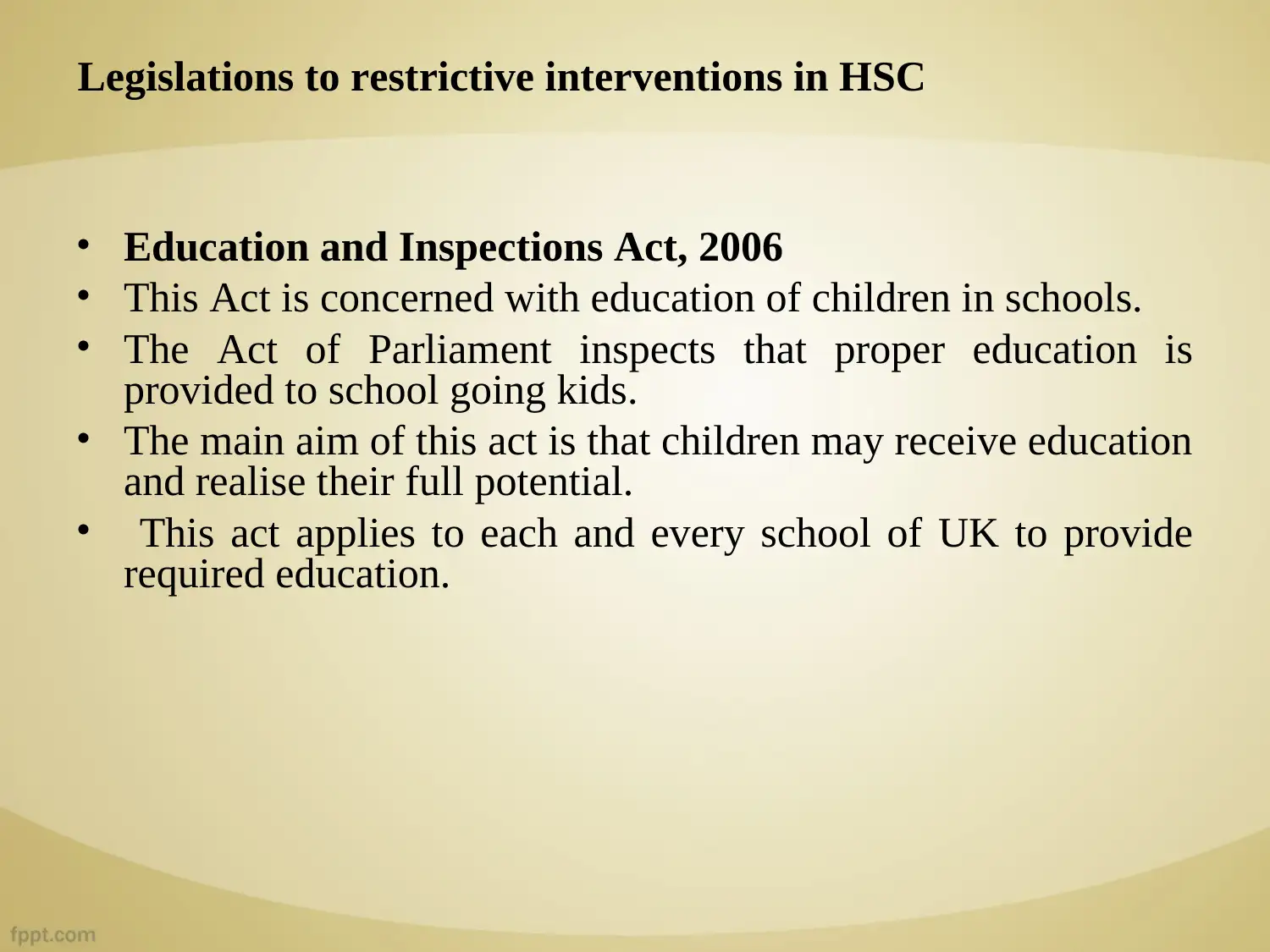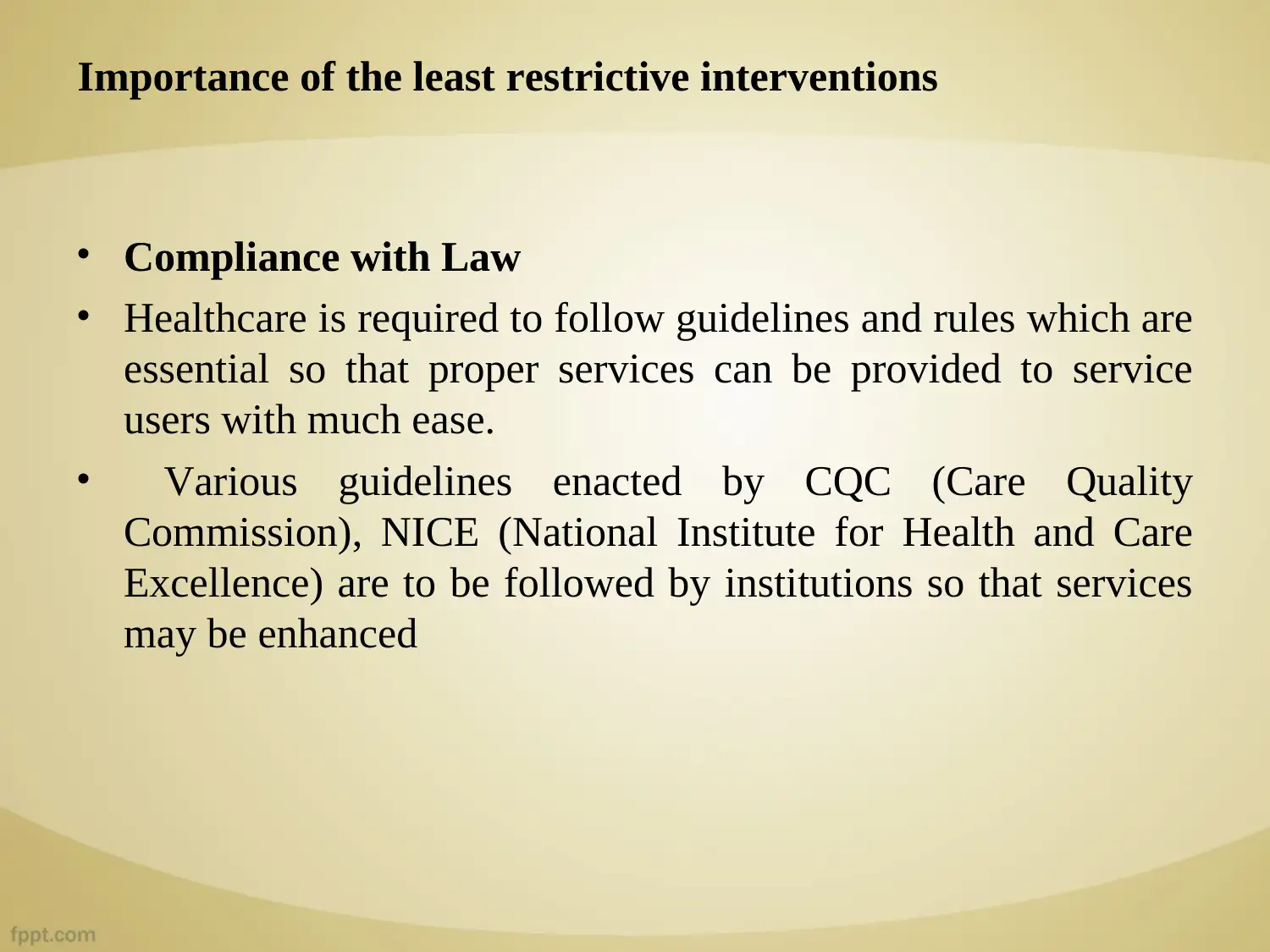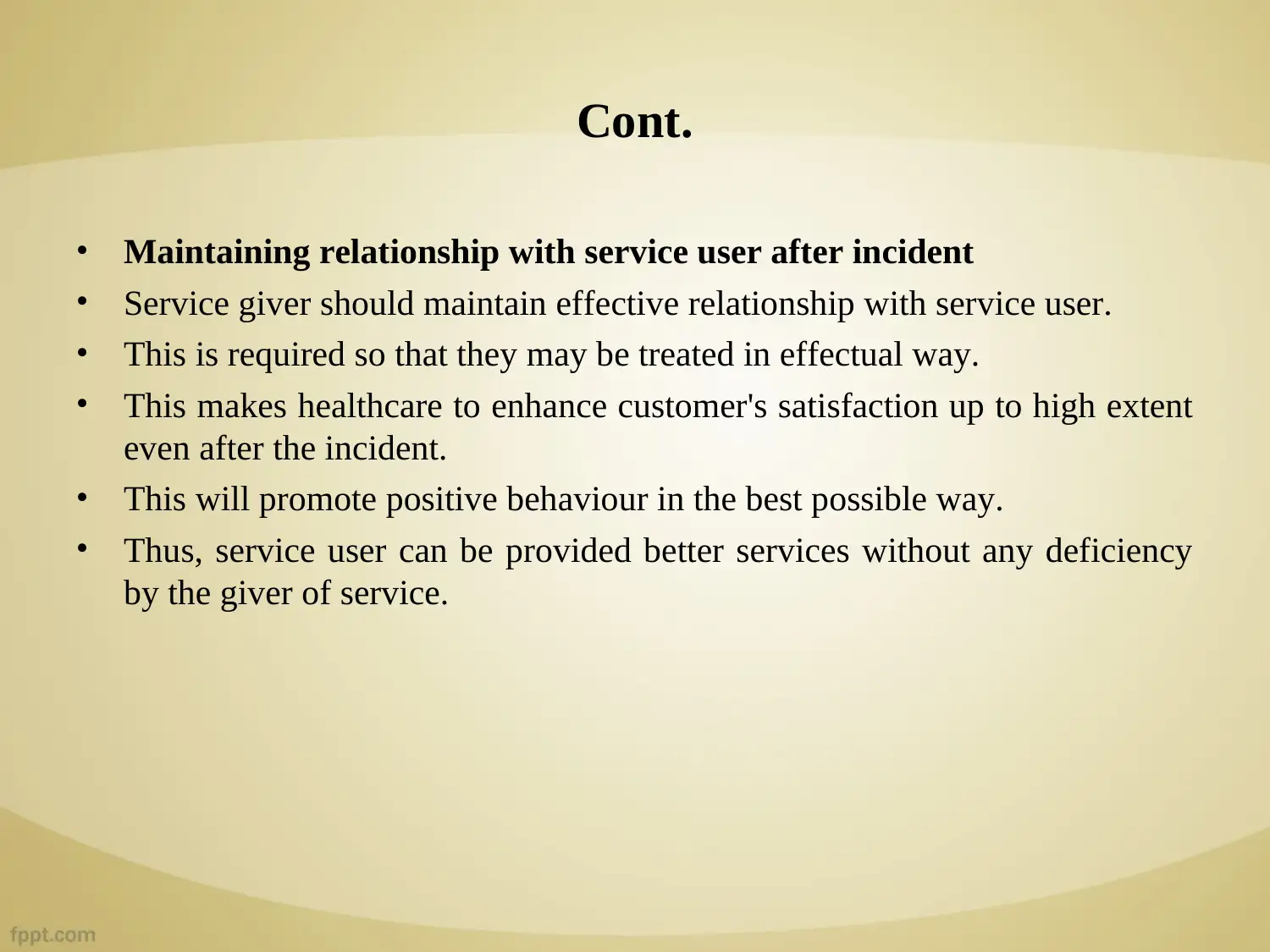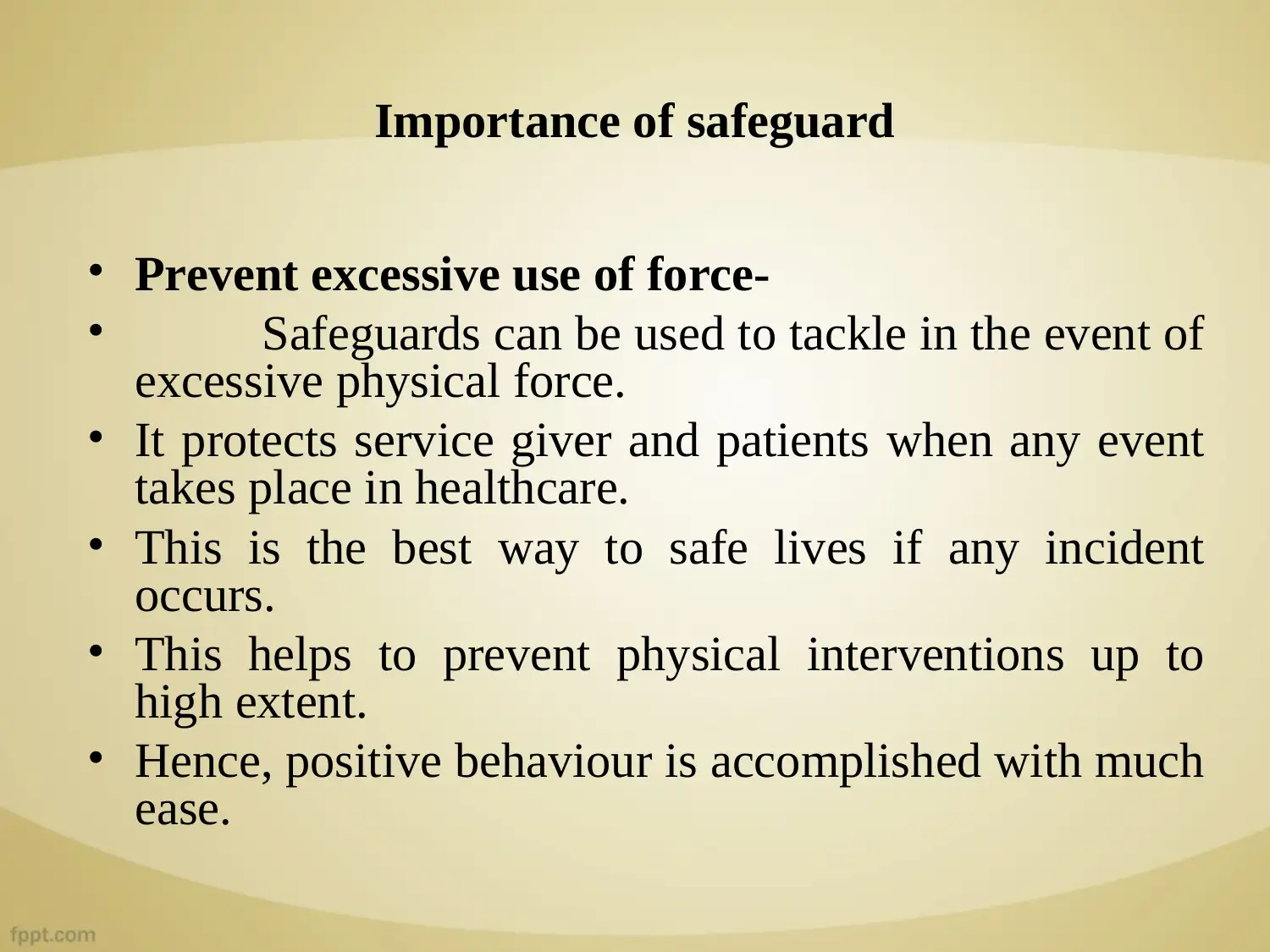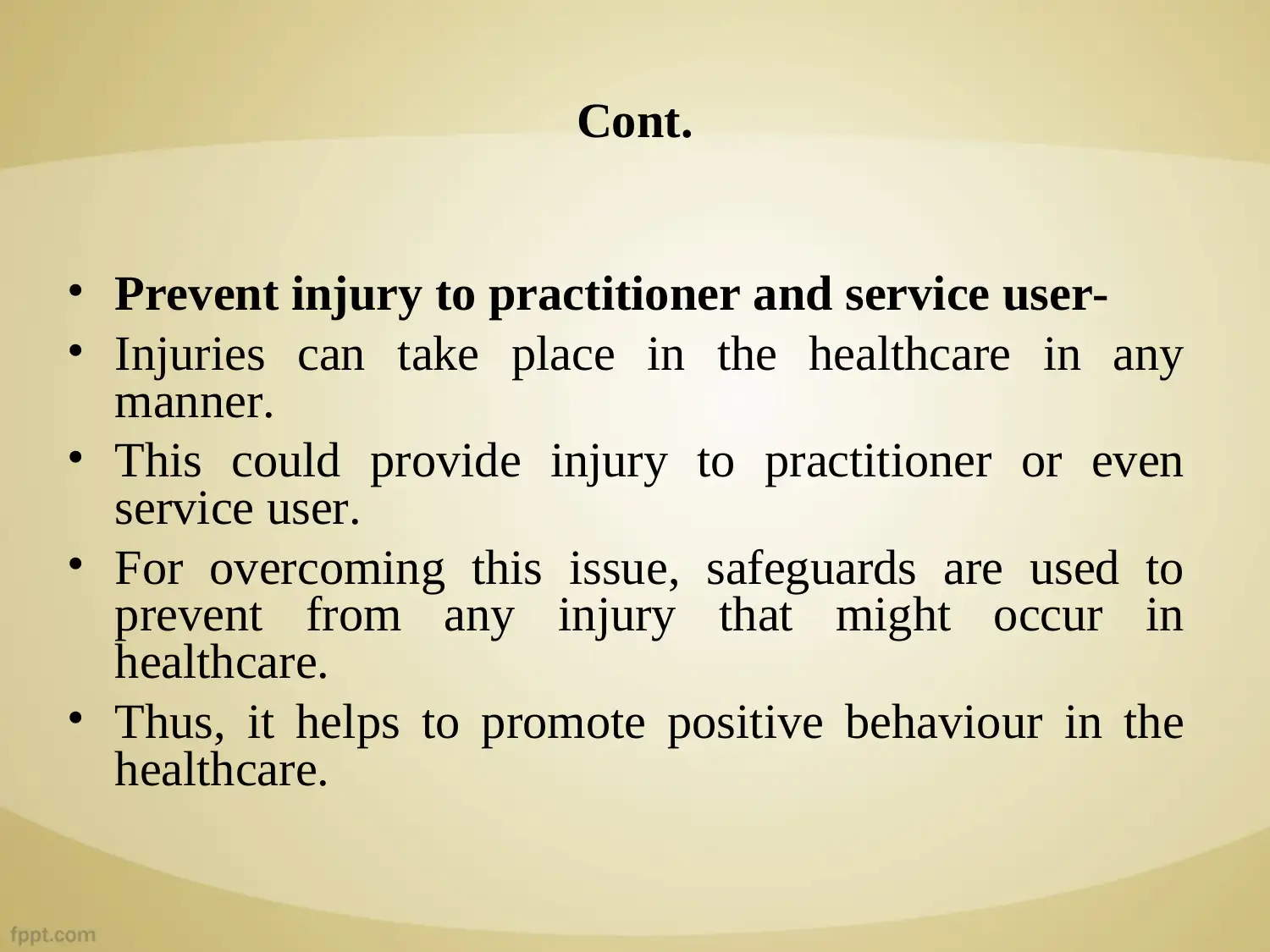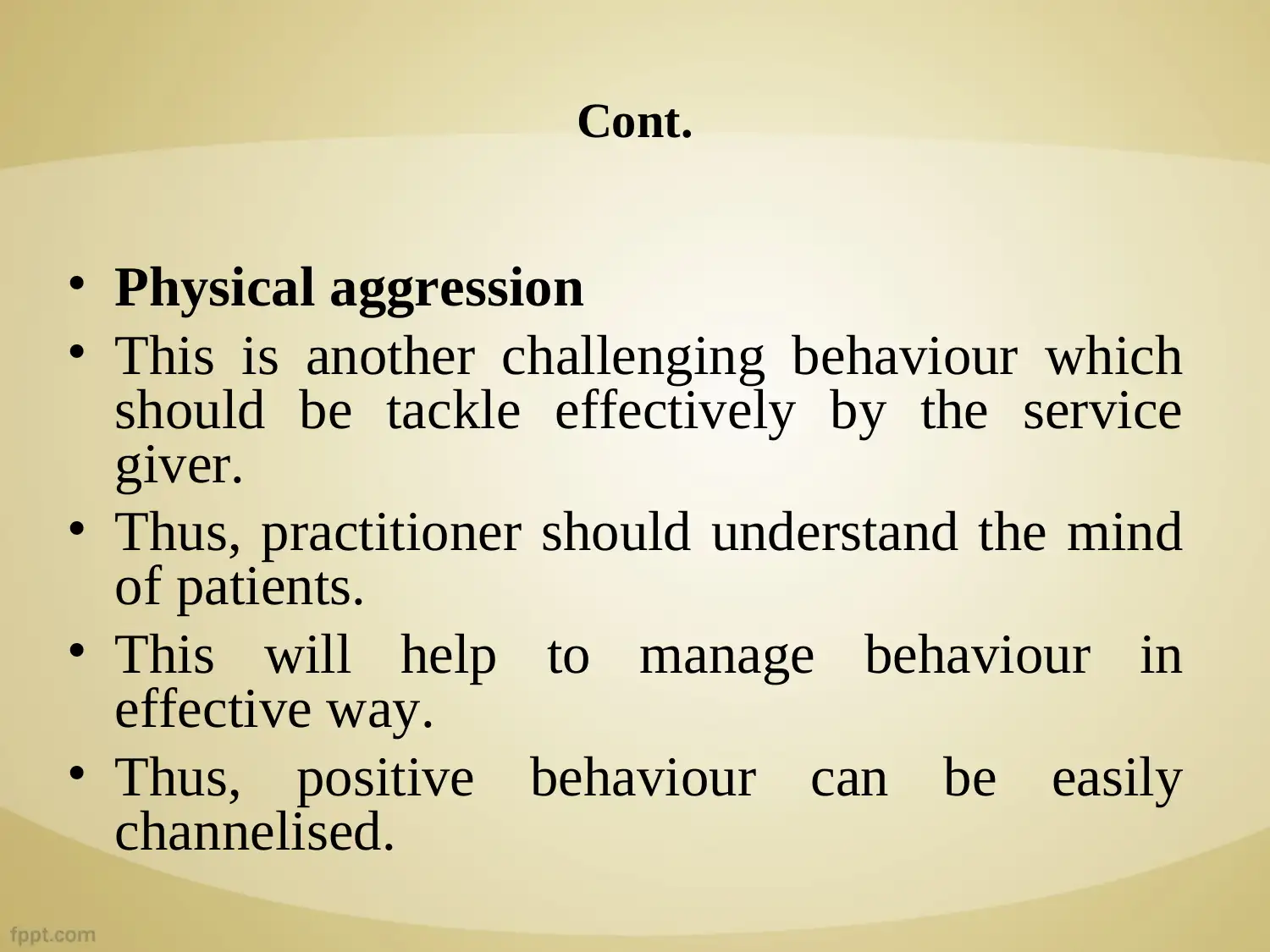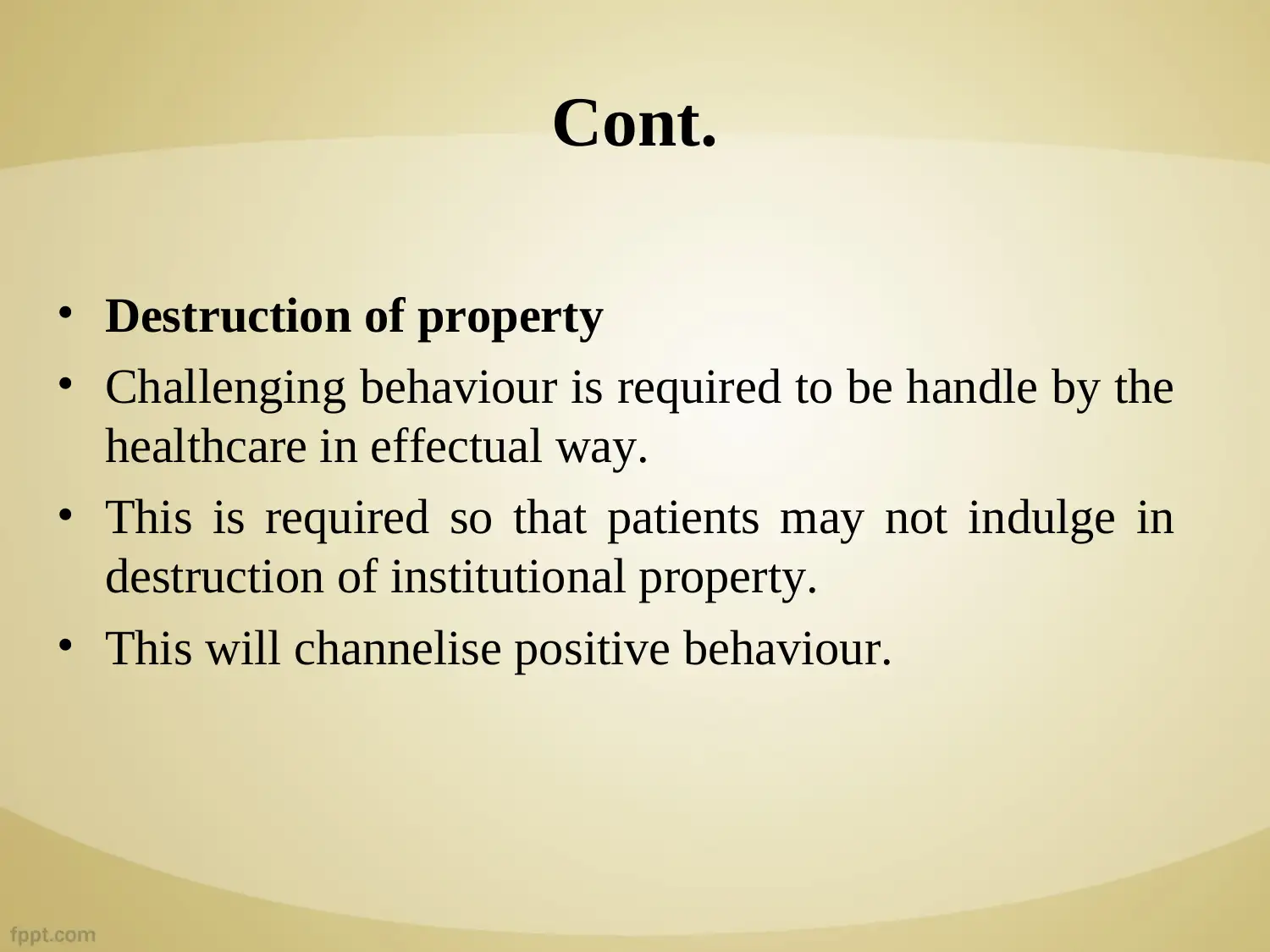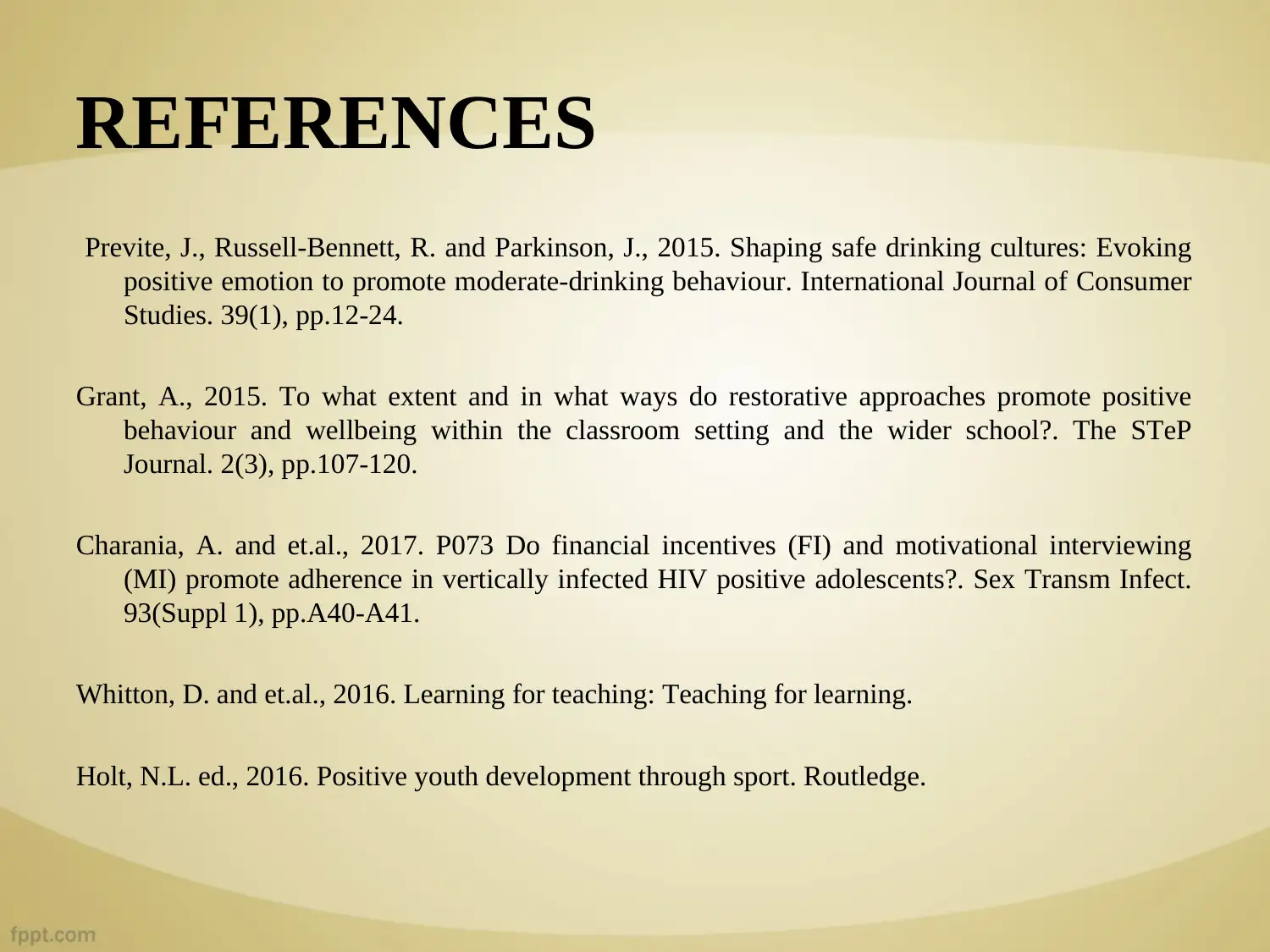HSC: Legislations, Interventions & Promoting Positive Behaviour in UK
VerifiedAdded on 2023/03/21
|12
|774
|35
Report
AI Summary
This report examines the legislations and interventions used in Health and Social Care (HSC) settings to promote positive behavior. It highlights key legislations such as the Education and Inspections Act 2006 and the Human Rights Act 1998, emphasizing their role in safeguarding individual rights and ensuring access to education. The report discusses the importance of least restrictive interventions in maintaining relationships with service users and complying with legal guidelines from organizations like the CQC and NICE. It also addresses the significance of safeguards in preventing excessive force and injuries to both practitioners and service users. Furthermore, the report identifies common types of challenging behavior, including self-injury and physical aggression, and stresses the importance of managing these behaviors effectively to promote a positive environment. The document concludes by referencing academic works that discuss shaping positive behaviors and restorative approaches. Desklib offers a wealth of solved assignments and study resources for students.
1 out of 12

